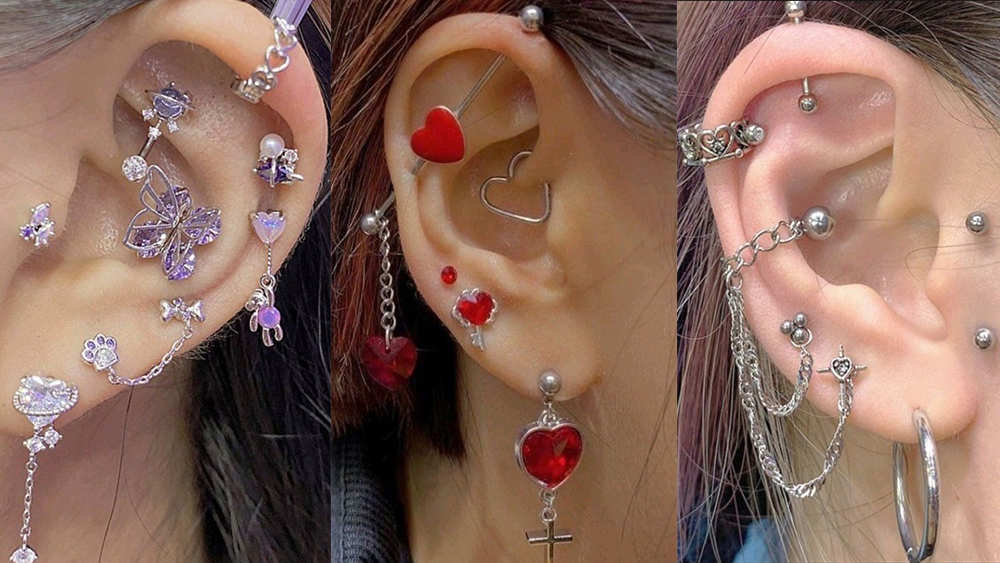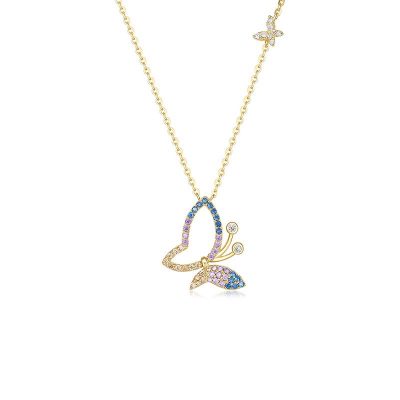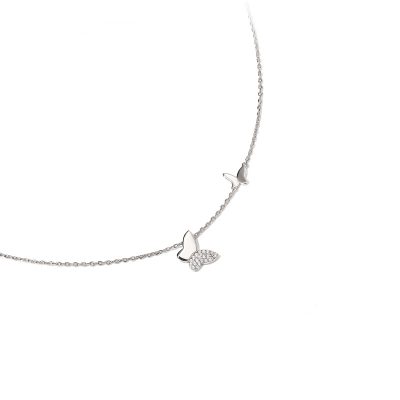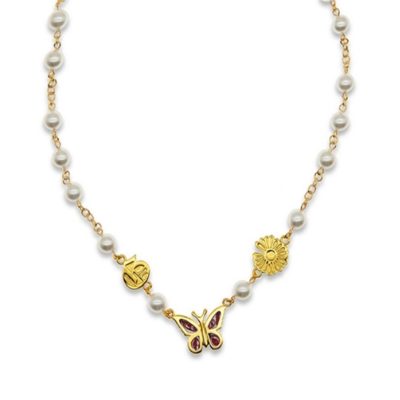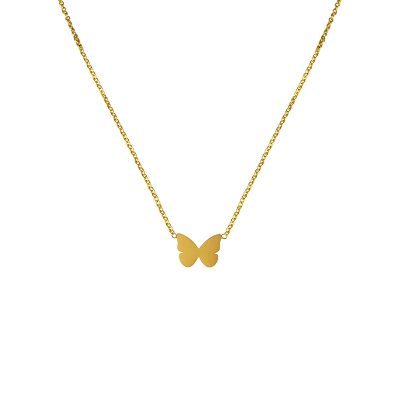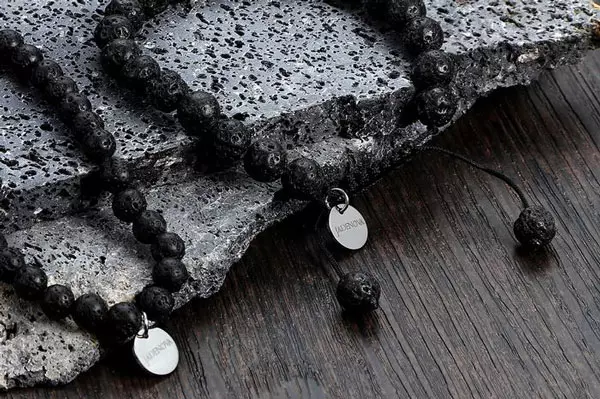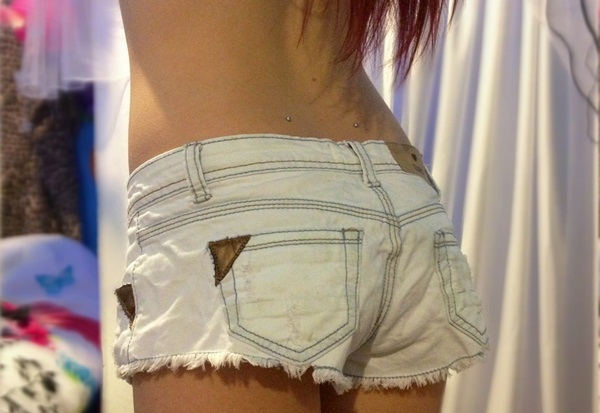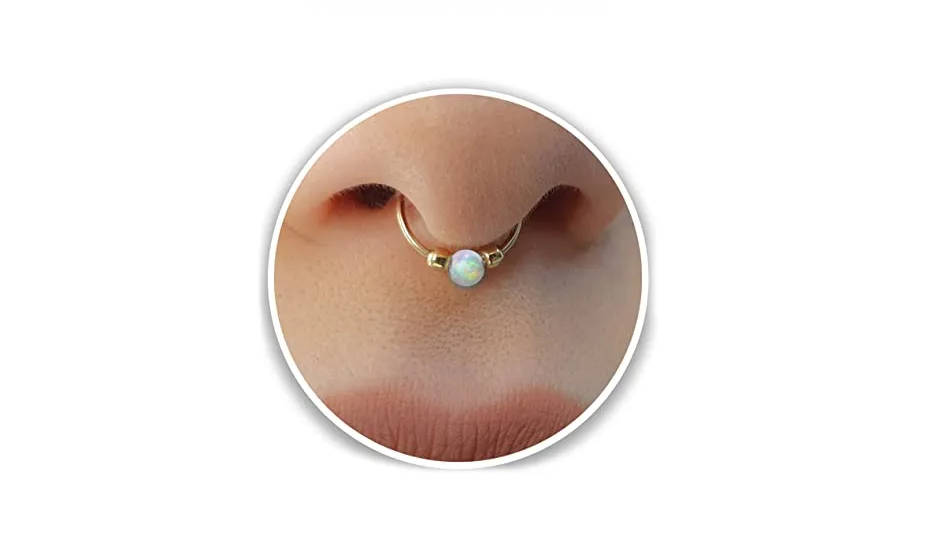Ear Piercing Cleaning
6 Things about Ear Piercing Care Notes
Avoid the tragedy of ear piercing horror stories by steering clear of these 6 ear piercing care mistakes:
- Dirty Hands
If you touch your new piercing with hands that haven’t recently been washed, germs will transfer and could lead to an infection. This may sound obvious, but it happens enough that it’s worth noting.
Always, always, always wash your hands before touching your newly pierced ears.
- Hair Products
Your hair holds onto anything and everything it encounters throughout the day. It contains the shampoo, conditioner and product from this morning, plus all the bacteria and dirt that happened to be floating around in the air you walked through today.
To prevent bacteria from transferring from your hair to your new piercings, try throwing your hair up at night – at least for the first month. Keeping it pulled back and away from your ears will not only reduce the risk of infection but will also keep it from getting caught on your earrings while you sleep.
- Wrong Cleaning Solution
Everyone suggests different solutions to use, so it’s hard to know which is the right choice.
First, use the saline solution your piercer gave you, every day, twice a day. Apply it to the front and back of the piercing with a clean cotton ball, and then twist the earring a couple of times while it is wet.
If that doesn’t seem to do the trick, jewelers suggest trying bactine or rubbing alcohol.
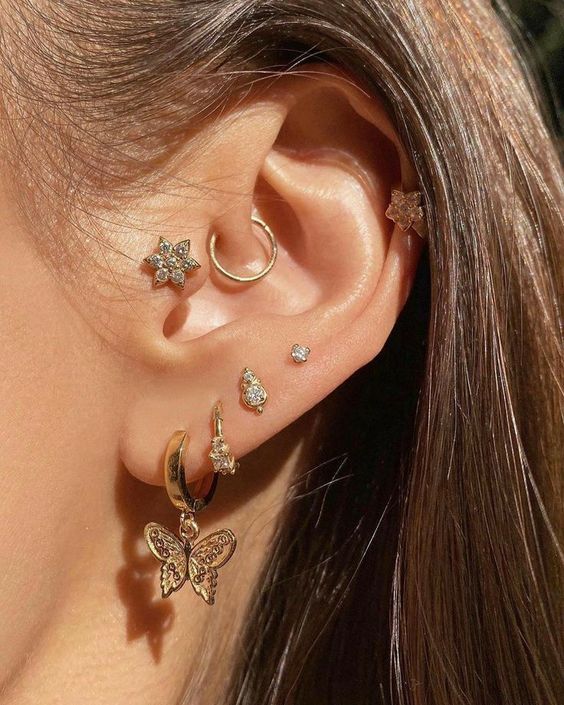
Warning: Rubbing alcohol may sting a bit when you use it. Also, if you find your skin is getting too dry, stop using it and switch to something gentler. Only you know your body and can judge what works best for you.
- Premature Earring Removal
Don’t take your earrings out too early! They will close rather rapidly.
Leave earrings in for 6-8 weeks, giving your ears time to heal.
- Leaving Earrings Out Too Long
Yes, you can take your earrings out after 6-8 weeks if they feel ready, but don’t leave them out! They will still close quickly since they’re relatively new.
Leave your earrings in as often as you can for roughly a year before going extended periods without them.
- Cheap Earrings
You’ve done your time. The long two-month wait is over. Don’t ruin that progress by switching the possibly boring, but high quality, earrings out with those super cute $3 earrings you just scored!
Jewelers suggest wearing 14K yellow gold earrings consistently throughout the first year because yellow gold is purer than most metals. They recommend not using white gold because it may be mixed with nickel, which could possibly lead to infection depending on your skin sensitivity.
During the first year, your ears may be more sensitive, and the last thing you want is an allergic reaction.
How to Clean Ear Piercings?
- Clean your piercing when you do other regular hygiene habits. Clean it when you brush your teeth or take a shower to give yourself a gentle reminder every day.
- Wash your hands. Wash with warm water and gentle soap before you touch your piercing to avoid introducing bacteria to the area.
- Clean with a clean cotton pad or swab dipped in salt solution. You can make this solution by mixing 1 teaspoon of salt in a cup of warm water. Use this around the pierced area a few times a day to remove any bacteria.
- Dab (don’t wipe) the piercing. Dry with a clean towel or tissue so you don’t damage the tissue while it’s healing.
- Avoid using perfumed soaps. Clean the skin around the piercing with a mild antiseptic soap and water.
- Clean the pierced area whenever you take the piercing out. This includes when you put it back in, too. Bacteria can quickly get on jewelry when you expose it to the air or set it on a surface like a counter or table.
- Don’t clean your piercing in the bathroom. This is especially true of public ones. Even the cleanest home bathrooms usually have high concentrations of bacteria.
- Don’t lie on the pierced area for long periods of time. Sleeping or lying down on your piercing can trap moisture or bacteria in the area, increasing your risk for infection.
- Don’t get any hair or body products in the piercing area. Be careful when you use shampoo, soap, gel, pomade, hairspray, or other products that can get near the piercing and irritate the tissue.
- Watch out for any abnormal or discolored discharge. See your piercer or doctor right away if you notice any unusual discharge as it might be a sign of an infection.
Ear Piercing Infection
When should you clean your earrings?
- Before wearing them
Most of the time, people remove the earrings after a long day and throw them in the jewelry box where they continue to collect dust, grime, and bacteria. Before you wear the earrings the following morning, cleanse your earrings with running water and uncolored liquid soap.
For a deeper clean (for metal earrings, not medical plastic), you may use hydrogen peroxide or alcohol on a tiny cotton ball and give the entire surface of the earrings a wipe. For Blomdahl medical plastic earrings, strong cleaning agents, and alcohol are NOT suitable as they may make the medical plastic brittle, discolored, and fragile.
- Weekly cleaning
Whether you wear the earrings every day or not, keeping them clean will maintain the shine and keep bacteria off. Take off your earrings and soak them in a solution of warm water and uncolored liquid soap for 20 minutes.
Use a soft toothbrush to clean them and rinse them in clean water. Place them in a clean cotton cloth for drying. While hydrogen peroxide is the best for killing bacteria, it can also damage your earrings (especially for softer metals such as gold), so sticking to an uncolored liquid soap may be a safer option.
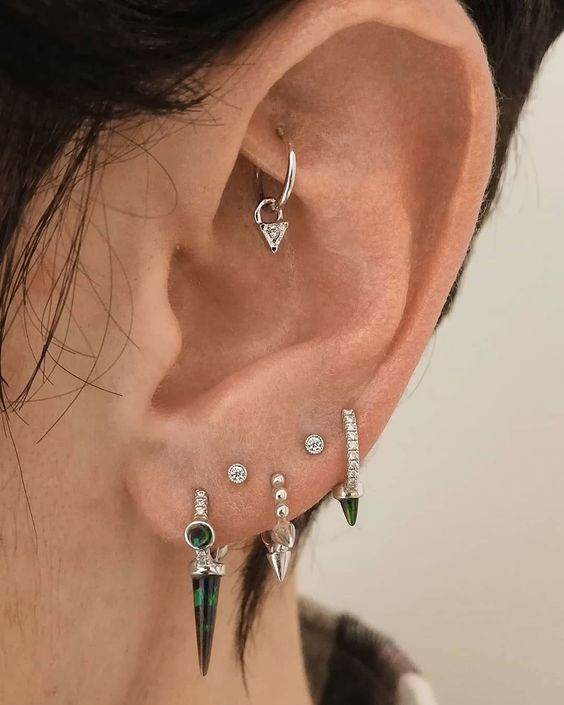
- Clean the earring holes too
Earring holes are such a small part of our anatomy that nobody remembers they exist. Unfortunately, like your face, ears get all the dirt action from the environment and everything that is in your hair. Cleaning the earrings is not enough if you forget to wipe off the bacteria on your holes. At a minimum, you should thoroughly clean your ears once a week with liquid soap and running water during a shower.
For convenience, if you still have the Blomdahl Piercing Aftercare Swabs that your specialist gave you after the piercing, use them to wipe the holes before wearing the earrings.
That’s it! You’re well on your way to a healthy, infection-free jewelry-wearing regime!
- Clean fresh piercing
As a reminder, if your ears are freshly pierced, you should clean the holes and the earrings twice a day. A fresh wound is more susceptible to bacterial infection, so you have to keep it super clean. Thoroughly clean your ears with liquid soap and running water during a shower.
If you are afraid of touching the newly pierced holes when cleaning, we have Blomdahl Piercing Aftercare Swabs for easy application. The swabs will easily wipe off the bacteria and dirt from the hole surface and the earrings without introducing fresh bacteria from your hands. Don’t remove the piercing earrings until the holes are healed, which can take from six weeks to 12 weeks.
If after following this advice and you still find that your ears experience slight itchy, tenderness, or discomfort, this may be the cause of nickel allergy which happens in about a quarter of the population.
What causes infected ear piercings?
If bacteria gets into a new piercing, it can lead to infection. You may expose your new piercing to harmful bacteria by:
- Getting your ears pierced in an unhygienic environment or with unsterilized equipment.
- Touching your ears with dirty hands.
- Removing your earrings before the piercing heals.
- Neglecting to clean your new piercings daily.
- Swimming or submerging your head in a pool, hot tub, lake or river before your piercings fully heal.
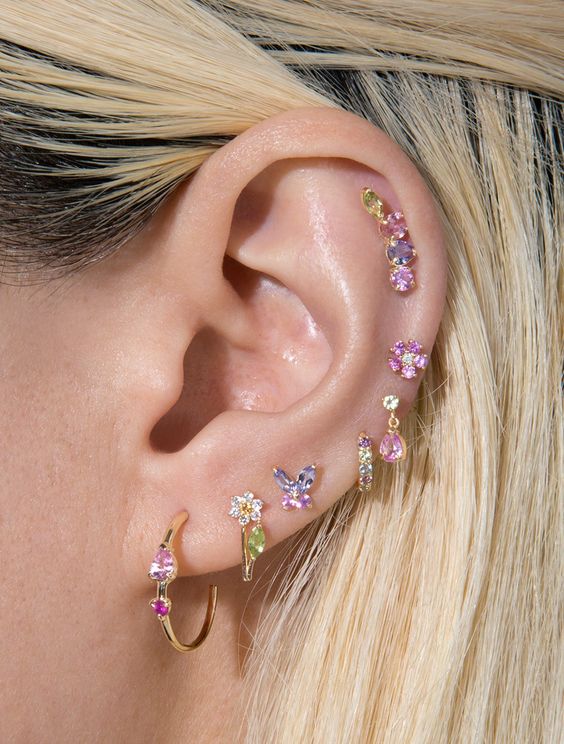
What are the symptoms of infected ear piercings?
Some pain and redness are part of the normal healing process for pierced ears. It can be easy to confuse those with signs of infection. Symptoms that may indicate an infection include:
- Discharge coming out of the piercing.
- Fever.
- Redness, warmth or swelling around the piercing.
- Tenderness in the pierced earlobe or cartilage.
How are infected ear piercings treated?
Your healthcare provider may recommend a variety of treatments to help an infected ear piercing heal. These may include:
- Applying a warm compress to the infected earlobe or cartilage.
- Rinsing the infected earlobe with sterile saline.
- Using antibiotic ointment on the affected area.
- Taking oral antibiotics for more severe infections.
Ear Piercing Heal
How long does it take an ear piercing to heal?
Earlobe piercings are the quickest to heal. They typically take about 1 to 2 months to fully heal.
Cartilage piercings elsewhere on your ear will take longer to heal. It may take up to 6 months or even 1 year before a helix or tragus piercing is fully healed.
While your piercing is still healing, don’t take your jewelry out for an extended period. Doing so may cause the hole to close.
When can you change out your ear piercing jewelry?
The answer to this question is different for everyone. It all depends on how fast you heal and what kind of piercing you got.
If you’re unsure whether you’re ready to change out your jewelry, ask your piercer about a month or two after you got your piercing. They can examine the area and give you a definitive answer.
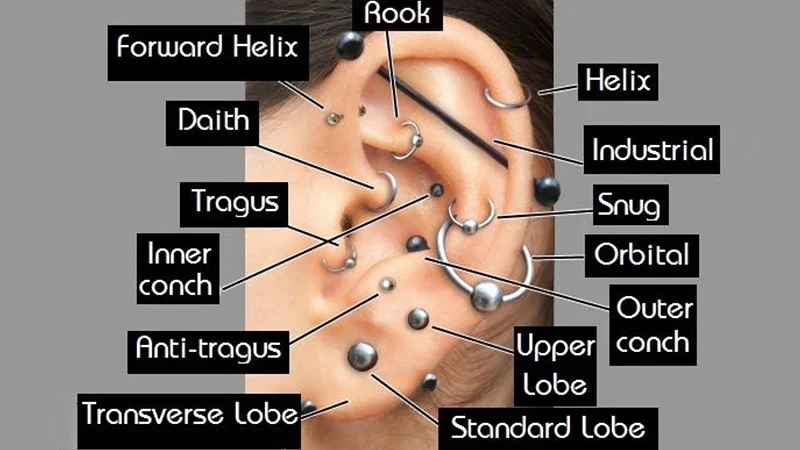
Ten articles before and after
Who Should Not Wear Tiger Eye Stone?
WHEN CAN I CHANGE MY NOSE PIERCING?
How Long Does It Take A Nose Piercing To Close
WHICH EARRING IS THE GAY SIDE?
Rhodium Plated Sterling Silver
Will My Ear Piercing Close Up Overnight?
